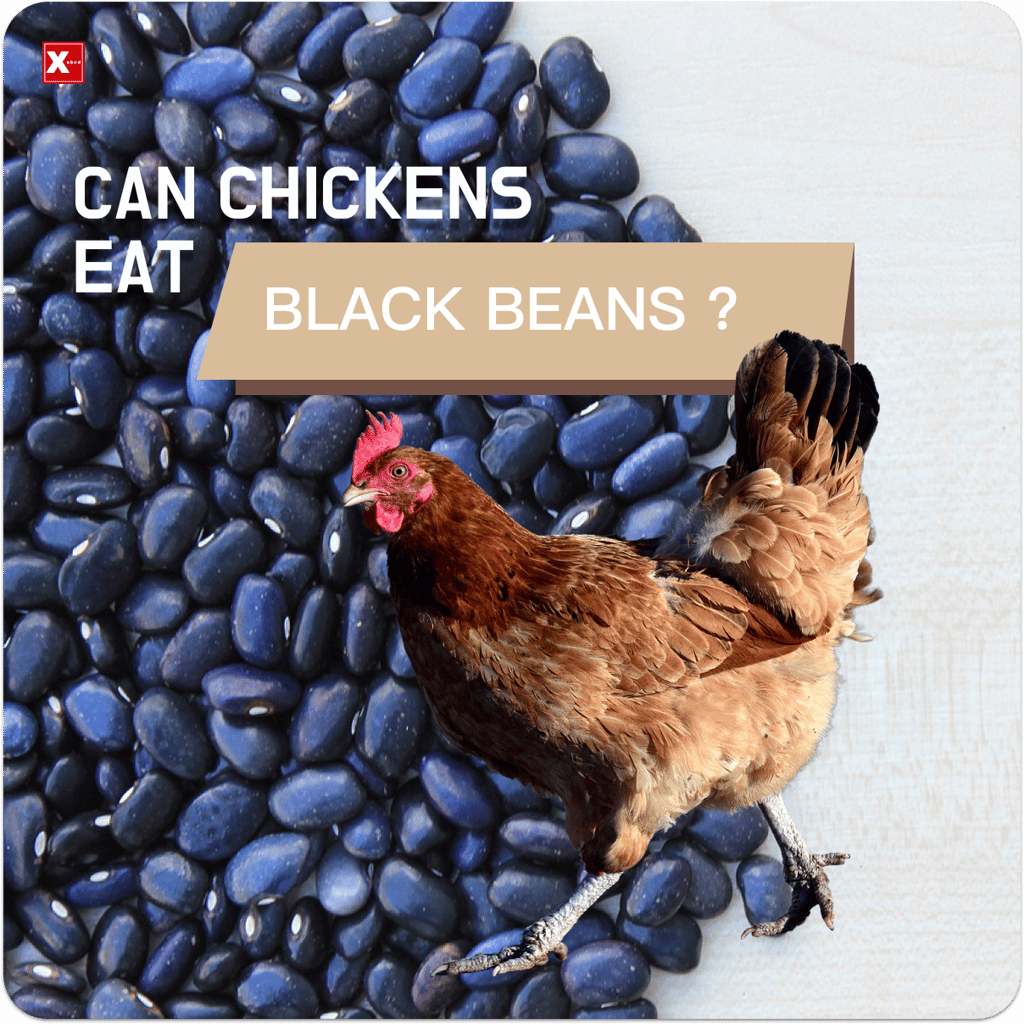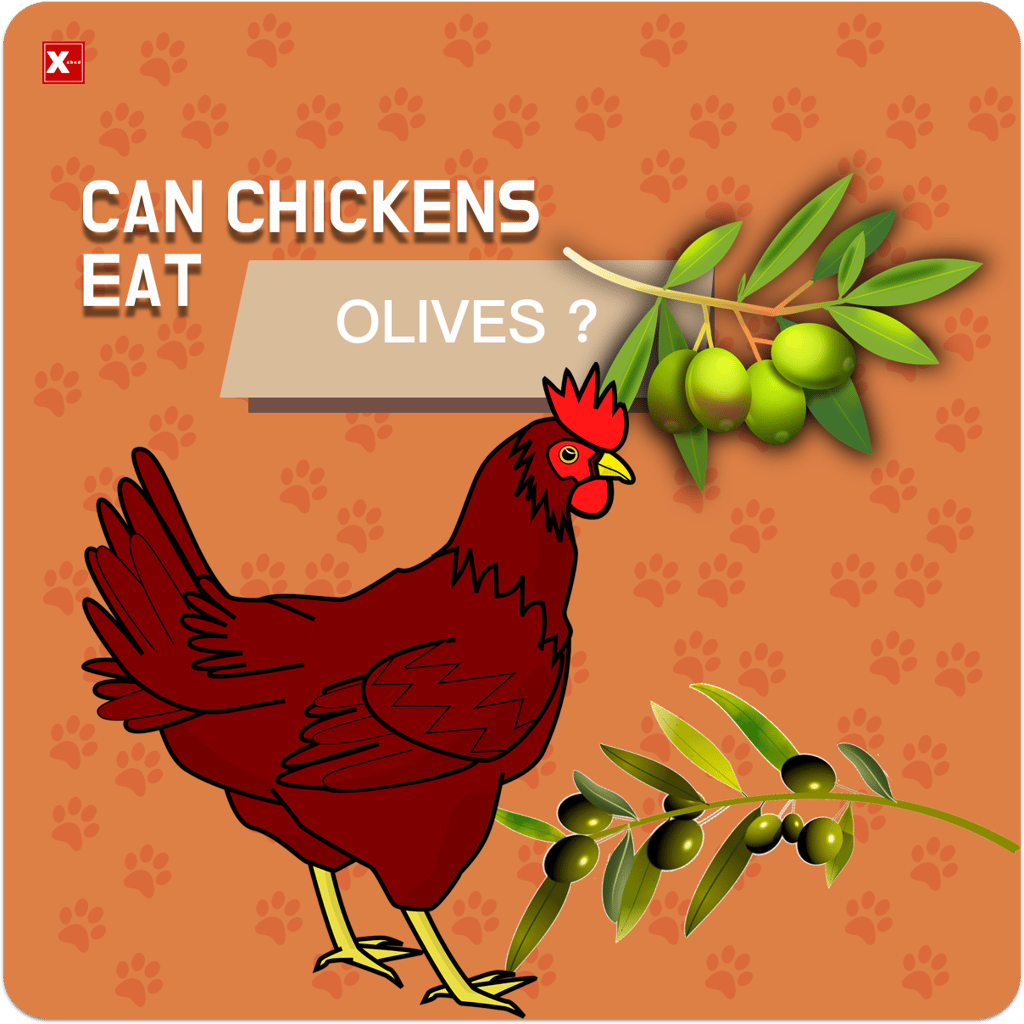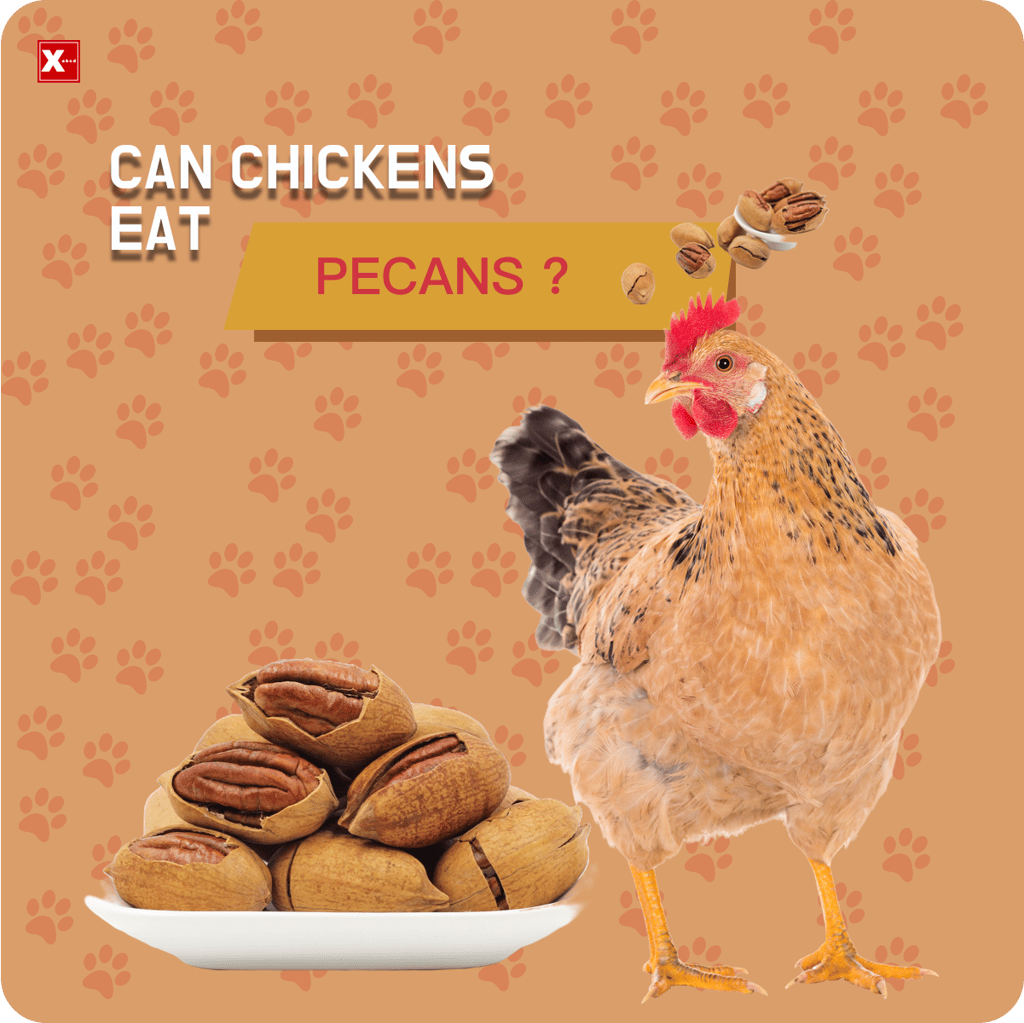Are potato peels safe for chickens to eat? This article aims to provide answers to this commonly asked question. Whether the answer is a definitive "yes" or "no" depends on various factors. In this article, we will delve into the nutritional value of potato peels, discuss the risks and benefits associated with feeding chickens potato peels, and provide a step-by-step guide to help you make an informed decision for your flock.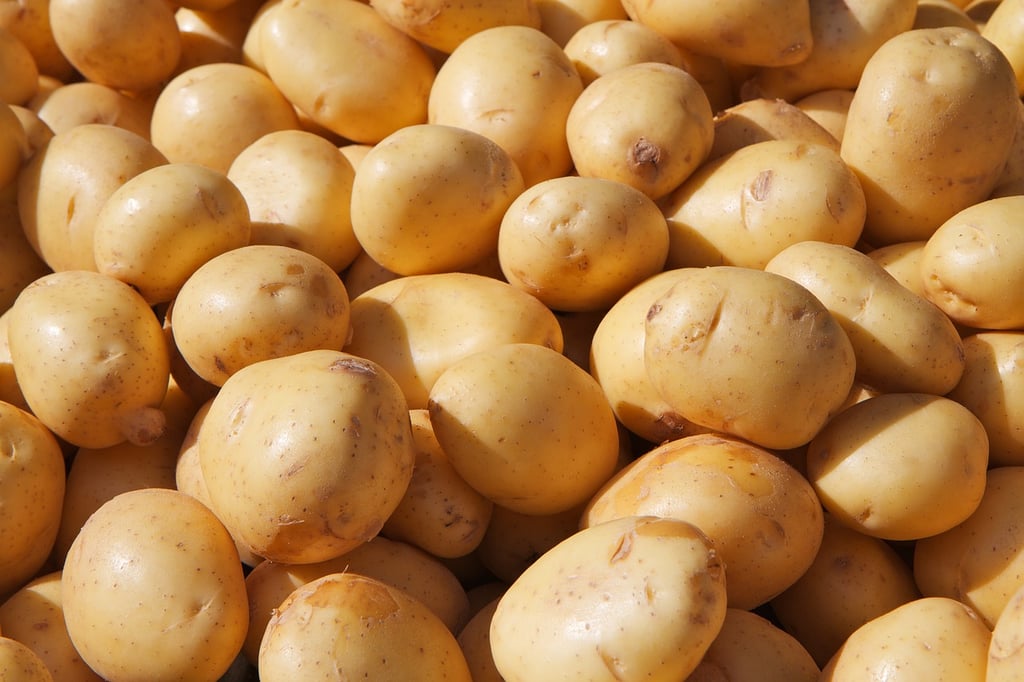
Introduction: The Debate Surrounding Chickens and Potato Peels
When it comes to feeding our feathered friends, chicken owners often find themselves questioning the safety and suitability of certain food items. One such questionable food item is potato peels. As responsible chicken keepers, it is crucial to understand the potential risks and benefits associated with feeding potato peels to our beloved poultry.
There is a long-standing debate among chicken owners and experts regarding whether chickens can safely consume potato peels. Some argue that potato peels are rich in nutrients and can be a valuable addition to a chicken's diet, while others express concerns about potential toxins and digestive issues.
To shed some light on this debate, let us delve into the nutritional value of potato peels and explore the risks and benefits associated with feeding them to chickens. By understanding the facts, we can make informed decisions about whether or not to include potato peels in our chickens' diet.
| Pros | Cons |
|---|---|
| Potato peels are a good source of dietary fiber. | Raw potato peels can contain solanine, a toxic compound harmful to chickens. |
| They contain essential vitamins such as vitamin C and vitamin B6. | Potato peels can cause digestive issues such as upset stomach and diarrhea if fed in large quantities. |
| Chickens may enjoy the taste and texture of potato peels, providing them with enrichment. | Peels from rotten or green potatoes should never be fed to chickens as they can be toxic. |
As we can see, there are valid arguments on both sides of the debate. While potato peels do offer nutritional benefits, the presence of solanine and the potential for digestive issues cannot be ignored.
Next, let's further explore these risks and benefits in detail to gain a better understanding of the potential impact of feeding potato peels to chickens.
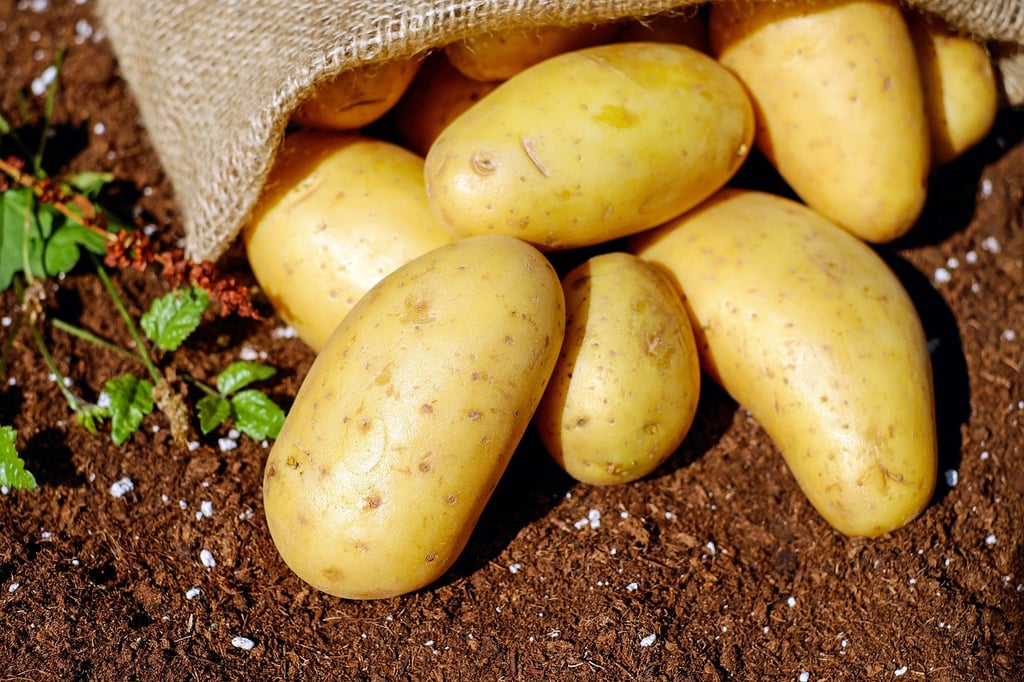
Step 1: Understanding the Nutritional Value of Potato Peels
Potato peels are often discarded as waste, but did you know that they can actually provide some nutritional benefits for chickens? Before deciding whether to include potato peels in your chickens' diet, it is important to understand their nutritional value.
| Nutrient | Quantity (per 100g) |
|---|---|
| Protein | 2.02g |
| Fat | 0.17g |
| Carbohydrates | 17.49g |
| Fiber | 2.2g |
| Vitamin C | 19.7mg |
| Potassium | 429mg |
| Phosphorus | 66mg |
| Magnesium | 23mg |
As you can see, potato peels contain a moderate amount of protein, carbohydrates, and fiber. Protein is essential for chickens' growth and development, while carbohydrates provide energy. Fiber helps regulate their digestion and can aid in preventing certain digestive disorders.
In addition to these macronutrients, potato peels also contain important micronutrients. Vitamin C is known for its antioxidant properties and plays a role in the immune system. Potassium is essential for maintaining healthy heart and muscle function in chickens. Phosphorus and magnesium are crucial for the development of strong bones and feathers.
While potato peels can provide some nutritional value, it is important to note that they should not be the sole source of nutrition for your chickens. A well-balanced diet, including a variety of other grains, fruits, vegetables, and protein sources, is necessary to ensure their overall health and well-being. In the next step, we will explore the risks and benefits of feeding chickens potato peels.
This will help you make an informed decision about incorporating potato peels into their diet and ensure that you are providing the best possible care for your feathered friends.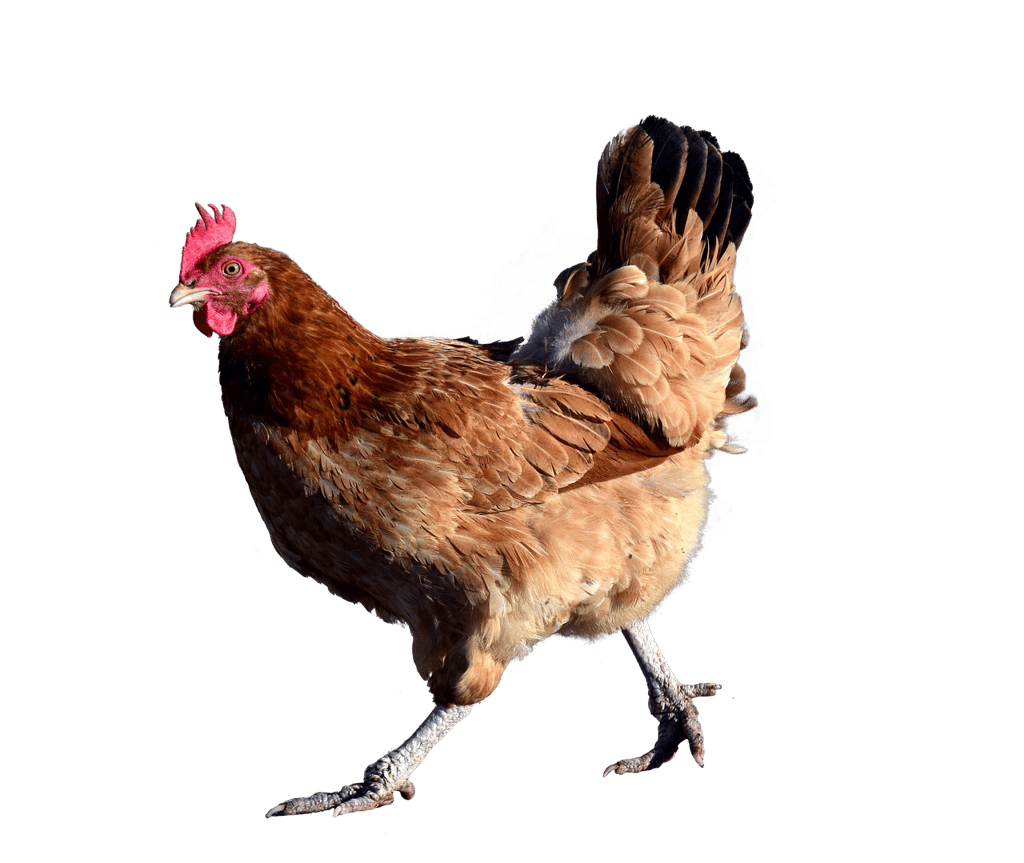
Step 2: Assessing the Risks and Benefits of Feeding Chickens Potato Peels
Before adding potato peels to your chickens' diet, it is essential to evaluate the potential risks and benefits. This step will help you make an informed decision regarding their consumption. Let's take a closer look at what these risks and benefits are:
Risks of Feeding Chickens Potato Peels
1. Choking Hazard: Potato peels can be relatively large and tough, posing a risk of choking, especially for younger chickens or those with a smaller beak opening. Therefore, it is important to ensure that the potato peels are cut into smaller, more manageable pieces before offering them to the chickens.
2. Glycoalkaloid Poisoning: Potato peels contain glycoalkaloids, naturally occurring toxic compounds that can cause poisoning if consumed in large quantities. However, the levels of glycoalkaloids are typically within safe limits in potato peels. To minimize the risk, avoid feeding green or sprouted potato peels to your chickens as they tend to have higher concentrations of these toxins.
Benefits of Feeding Chickens Potato Peels
1. Dietary Fiber: Potato peels are an excellent source of dietary fiber, which aids in proper digestion and maintains healthy gut function in chickens. Including potato peels in their diet can help prevent digestive issues such as constipation and improve overall bowel movements.
2. Vitamins and Minerals: Potato peels contain various vitamins and minerals, including vitamin C, potassium, and iron. These nutrients play crucial roles in strengthening the immune system, promoting healthy bone development, and supporting overall chicken health.
3. Environmental Sustainability: Feeding chickens potato peels can be an environmentally conscious decision. By utilizing food waste such as potato peels, you reduce the amount of organic material that would otherwise end up in landfills, contributing to a more sustainable food production system.
| Risks of Feeding Chickens Potato Peels | Benefits of Feeding Chickens Potato Peels |
|---|---|
| Choking Hazard | Dietary Fiber |
| Glycoalkaloid Poisoning | Vitamins and Minerals |
Considering the risks and benefits, it is crucial to exercise caution and moderation when introducing potato peels into your chickens' diet. By taking appropriate steps to mitigate the risks, you can safely provide your chickens with the beneficial nutrients found in potato peels.

Step 3: Preparing Potato Peels for Chicken Consumption
Before feeding potato peels to your chickens, it is important to prepare them properly to ensure the safety and digestibility for your feathered friends. Here are a few steps to follow:
- 1. Wash and Scrub: Start by thoroughly washing the potato peels under running water. Use a vegetable brush to scrub off any dirt or debris present on the peels. This will help remove any residual pesticides or chemicals that might be harmful to the chickens.
- 2. Remove Sprouts and Eyes: Next, carefully inspect each peel and remove any sprouts or eyes that may have started to grow. These sprouts contain solanine, a naturally occurring toxic substance that can be harmful to chickens if ingested in large amounts. Removing them ensures the safety of your flock.
- 3. Avoid Green Peels: It is crucial to avoid feeding your chickens potato peels that have turned green. Green peels contain higher levels of solanine, which can be toxic to both humans and chickens. Discard any peels that show signs of greening or have a bitter taste.
- 4. Cut into Smaller Pieces: To make it easier for your chickens to consume and digest, consider cutting the potato peels into smaller, bite-sized pieces. This will also help prevent any choking hazards, especially for smaller chicken breeds.
- 5. Cook or Bake: While chickens can eat raw potato peels, cooking or baking them can improve their digestibility and make them more palatable. You can boil, steam, or bake the peels until they become soft and easily chewable for your chickens. Avoid adding any seasonings or salt during the cooking process.
- 6. Cool Down: After cooking, allow the potato peels to cool down completely before serving them to your chickens. This will help prevent any burns or injuries that could occur from hot peels. Room temperature or slightly warm peels are ideal for feeding.
By following these steps, you can ensure that the potato peels are safe, nutritious, and easily digestible for your chickens. Remember to introduce new foods gradually and observe your flock's reaction to ensure they tolerate the peels well.
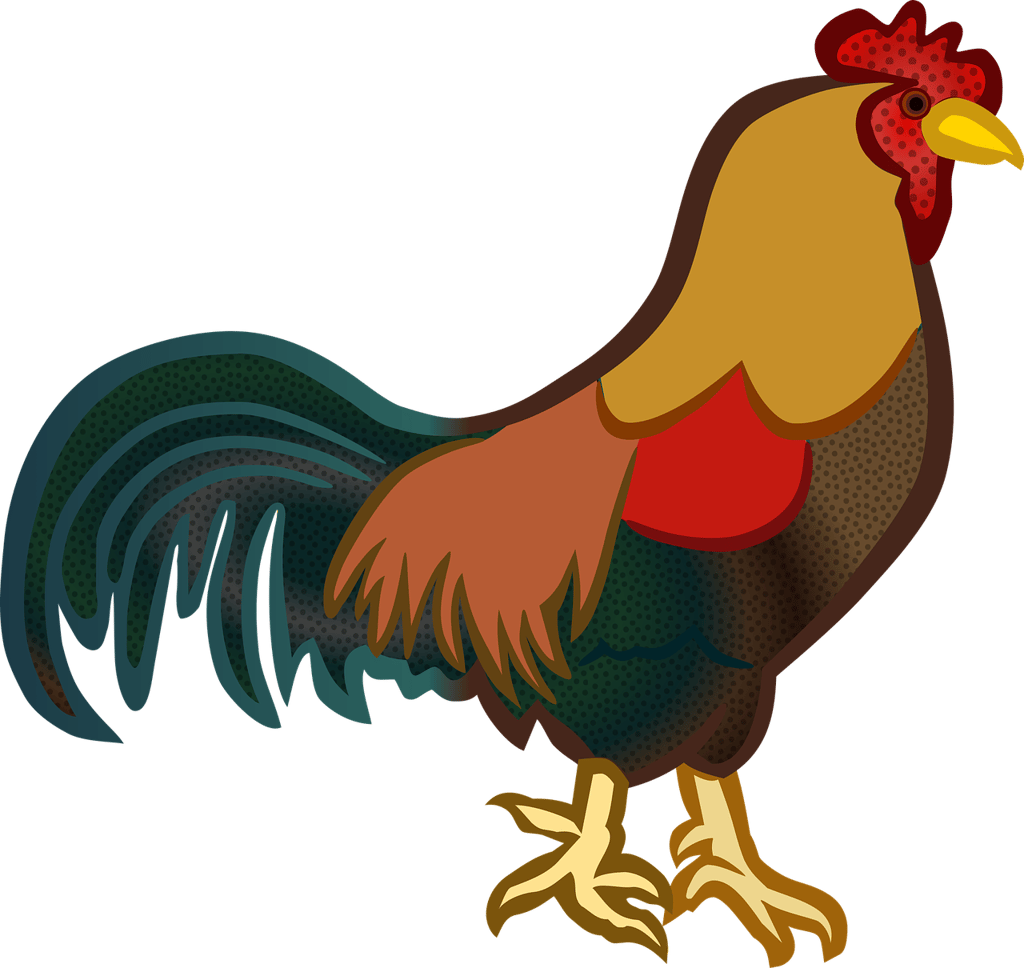
Step 4: Introducing Potato Peels to Chickens' Diet
Now that you have assessed the risks and benefits of feeding potato peels to your chickens, it's time to introduce this new food item into their diet. Here are some important guidelines to follow:
- Start Slowly: Chickens have sensitive digestive systems, so it's crucial to introduce potato peels gradually. Begin by offering small amounts mixed with their regular feed.
- Observe their Reaction: Pay close attention to how your chickens respond to the new addition. Watch for any signs of discomfort, such as digestive upset or changes in their behavior.
- Monitor for Allergic Reactions: While rare, some chickens may have allergies to certain foods. Keep an eye out for any unusual symptoms like skin rashes or difficulty breathing.
- Provide Variety: To ensure a balanced diet, rotate the types of food you offer your chickens. Potato peels should be just one component of their overall meals.
- Consider Organic: If possible, choose organic potatoes to reduce the risk of introducing pesticides or other harmful chemicals into your chickens' diet.
Remember, every chicken is unique, and their tolerance and preference for certain foods may vary. It's important to closely monitor their response when introducing any new food into their diet.
Additionally, consult with your veterinarian or a poultry nutritionist for further guidance and advice tailored to your specific flock's needs.

Step 5: Monitoring and Observing Chickens' Reaction to Potato Peels
Once you have successfully introduced potato peels into your chickens' diet, it is crucial to monitor their reaction and observe any changes in behavior or health. This step is important to ensure that potato peels are well-tolerated by your chickens and do not cause any adverse effects.
1. Observing Behavior:
Take some time to watch how your chickens interact with the potato peels. Observe their eating habits and evaluate if they show any signs of distress or discomfort. Chickens generally enjoy scratching and pecking at their food, so seeing them engage with the potato peels in a normal manner is a positive sign.
2. Assessing Digestion:
Keep an eye on your chickens' droppings to see if there are any changes in their consistency or color. Healthy digestion is essential, and any abnormalities could indicate that the potato peels are not agreeing with their digestive system.
| Potato Peel Reaction | Chickens' Behavior |
|---|---|
| Positive response | Normal pecking, scratching, and eating |
| Negative response | Refusal to eat, signs of distress, abnormal behavior |
| Changed droppings | Loose stools, discoloration, unusual odor |
3. Consulting a Veterinarian:
If you notice any concerning changes in your chickens' behavior or health after introducing potato peels, it is advisable to consult a veterinarian. They can provide professional guidance and help determine if the potato peels are causing any issues or if there might be other underlying factors.
4. Adjusting Quantity:
If your chickens show initial signs of discomfort with potato peels, you can try reducing the quantity or frequency of feeding them. Sometimes, a gradual increase in potato peel consumption can help chickens adjust to the new addition to their diet.
5. Keeping Records:
It is recommended to keep a record of your observations and any changes you notice in your chickens' behavior or health. This documentation can be helpful when discussing your chickens' diet with a veterinarian and can assist in identifying patterns or potential issues related to potato peel consumption.
By carefully monitoring and observing your chickens' reaction to potato peels, you can ensure their well-being and make informed decisions about including this food item as part of their regular diet.
Are potato peels safe for chickens to eat? This article delves into the ongoing debate and provides a comprehensive guide on whether you should feed your chickens potato peels or not. We will explore the nutritional value of potato peels, the risks and benefits, as well as steps to introduce and monitor potato peels in your chickens' diet.
Faqs
-
Can chickens eat raw potato peels?
It is not recommended to feed chickens raw potato peels. Raw potato peels contain solanine, a toxic substance that can be harmful to chickens if consumed in large quantities. It is best to cook or boil the potato peels before giving them to your chickens.
-
Do potato peels provide any nutritional benefits to chickens?
Yes, potato peels can offer some nutritional benefits to chickens. They are a good source of dietary fiber, which aids in digestion. Potato peels also contain vitamin C, potassium, and some antioxidants. However, it is important to note that potato peels should be fed in moderation as part of a balanced diet for chickens.
-
How can I safely introduce potato peels to my chickens?
To safely introduce potato peels to your chickens, start by cooking or boiling the peels to remove any potentially harmful substances. Chop the peels into small, manageable pieces and gradually introduce them into your chickens' regular feed. Monitor their reaction and make sure they tolerate the peels well. If any adverse effects occur, discontinue feeding potato peels to your chickens.




